
|
|
|
|
|
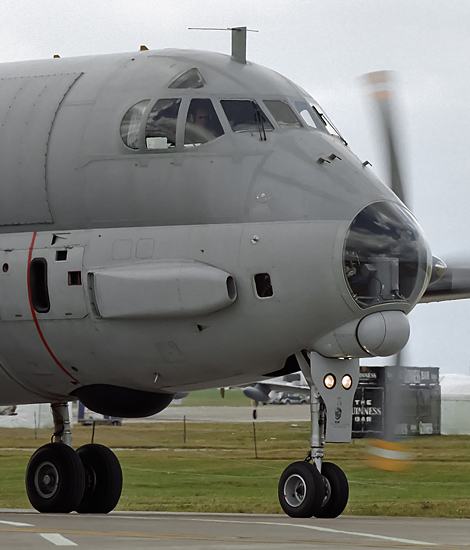
|
The SEPECAT Jaguar; RAF Fairford, July 21, 2003
The Royal International Air Tattoo, part 1; Text and Photograph's by Alex van Noye
An aircraft which is often seen at the RIAT is the French/British SEPECAT Jaguar. This aircraft was originally designed as an advanced jet trainer. Ultimately, the jaguar has become one of the most important attack aircraft of the RAF when it comes to providing close air support and attacking hostile targets.
The Jaguar program was started in the 60s as a result of a British specification for an advanced jet trainer. The aircraft which needed to be replaced were the Folland Gnat T1 and Hawker Hunter T7. Also the French specification played a role in this speci- fication. In France, the aircraft had to replace the Fouga Magister, the Lockheed T-33 and the Dassault Mystère IV. In both countries, several companies had offered to start developing the aircraft. In 1965 the two countries signed an agreement to develop the aircraft together. This partnership became known as SEPECAT (Société Européenne de Production de l'Avion d'École de Combat et d'Appui Tactique). The British deman- ded an aircraft design which had supersonic capabilities. The prototype received therefore a thinner wing construction and modern avionics. The British aircraft would be equipped with the Rolls-Royce Turbomeca engine and the French had developed the Adour Turbofan engine with afterburner. The initial plan included the purchase of 150 Jaguar B trainers for the Royal Air Force and 75 Jaguar E trainers and 75 Jaguar A strike fighters for the Armée d' Lair. After extensive testing is was proven the aircraft was too advanced for use in a role as a supersonic jet trainer. It was quickly decided to use the aircraft as a fighter-bomber during its development phase. The aircraft was suitable for ground attacks at very low altitudes. The Jaguar would play a major role in the RAF while the plane was originally developed as a training aircraft.
In October 1970, the British order was changed; there were now 165 single-seat Jaguars and 35 dual-seat Jaguars purchased. The Jaguar was in the new plan the replacement of the McDonnell Douglas Phantom FGR2 which had to be replaced in the role of fighter-bomber. In addition to the task of fighter-bomber the Jaguar must also be able to give close air support and it had to be able to perform tactical reconnaissance flights. The Phantom was going to be used in the air defense role only in the United Kingdom. The British and French specification for an advanced trainer
|
|
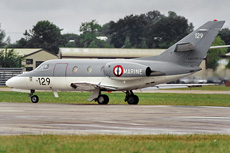
|
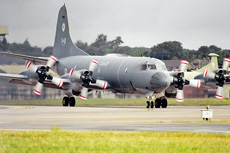
|
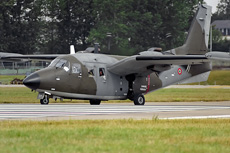
|
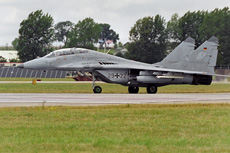
|
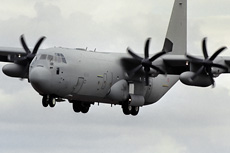
|
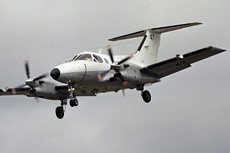
|
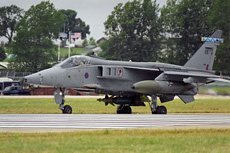
|
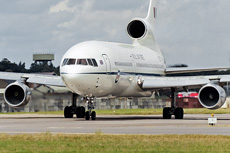
|
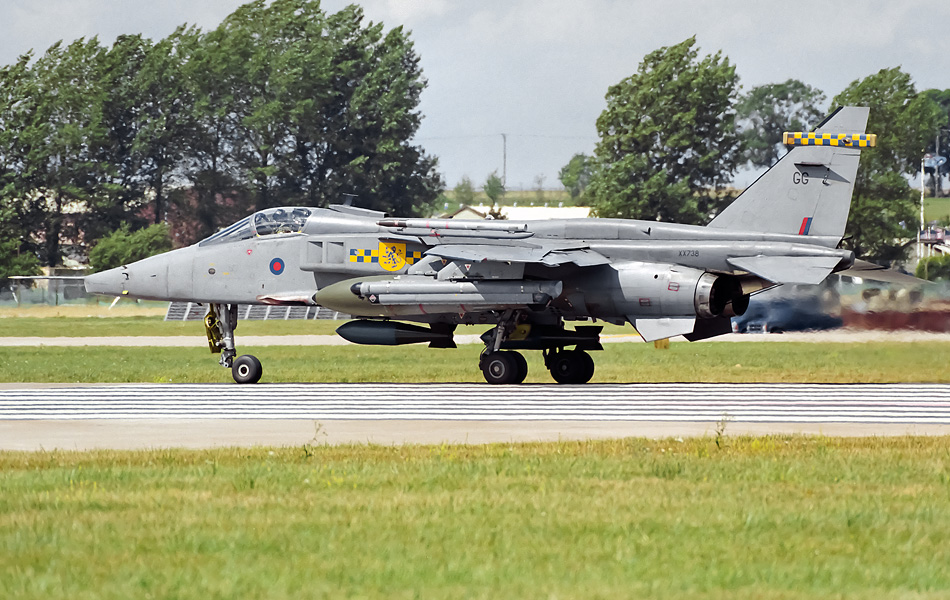
|
continued in two different projects. These projects ultimately resulted in the Alpha-Jet in France and Germany and the Hawk in the UK. The Jaguar first entered operational service in 1973. The RAF Jaguar GR1 was physically the same plane as the French Jaguar A. The differences between these planes were in the details only. The British Jaguars had a British Mk4 30mm ADEN cannon aboard. The avionics of this aircraft was completely different from that of its French counterpart. The Jaguar GR1 had a Ferranti ARI23231 Laser Rangefinder & Marked Target Seeker (LRMTS) in the nose of the aircraft. This system was originally not present in the Jaguar, but was built in as a modification. The aircraft could be equipped with AIM-9 Sidewinders and various ground weapons such as cluster bombs, rocked pods and iron bombs. British Jaguars could also be equipped with a centerline reconnaissance pod. Later during the Jaguar GR1A update, the Jaguars were also equipped with chaff and flare dispensers.
The Jaguar T2 is the dual-seat trainer version of the Jaguar GR1. The Jaguar T2 was a stripped down version of the Jaguar GR1 and is used exclusively for training purposes. At the beginning of 1975, it was the no 6 Squadron at RAF Coltishall which became the first unit in the UK which started to use the Jaguar. The unit was quickly followed by the no 54 Squadron which was stationed at RAF Coltishall as well. The spare no 226 Squadron received the OCU role. This unit was stationed at RAF Lossiemouth and was later moved to RAF Coltishall. This unit was later referred to as the no 16 Squadron. In 1977, the no 14 Squadron and no 17 Squadron at RAF Bruggen in Germany were equipped with Jaguar. Not much later the no 20 Squadron and the no 31 squadron which were also based at RAF Bruggen were also equipped with the Jaguar. The Jaguar was at its peak in its RAF career with six operational squadrons and one OCU. The no 2 Squadron at RAF Laarbruch in Germany and the no 41 Squadron at RAF Coltishall were equipped with Jaguar in the reconnaissance role. The Jaguars on the German airbase RAF Bruggen had within the RAF a nuclear role alongside conventional mission. The aircraft were equipped with WE177 conven- tional nuclear bomb and were part of the SACEUR (Strategic Air Command EURope).
Since 1984, the Jaguar fleet would decrease in strength. The Jaguars of the no 20 Squadron and no 31 Squadron at RAF Bruggen were decommissioned at the end of 1984; both units were equipped with the Tornado GR1. Also the no 14 Squadron and the no 17 Squadron at RAF Bruggen switched to the Tornado GR1 at the beginning of 1985. The last unit in Germany which still operated the Jaguar was the no 2 Squadron at RAF Laarbruch. This unit eventually switched to the Tornado GR1in 1988. The only squadrons which were still flying the Jaguar were the no 6 Squadron, the no 41 Squadron and the no 54 Squadron at RAF Coltishall. The British Jaguars were also deployed several times during various conflicts. In 1991, the Jaguars were deployed for the first time during the Gulf War. A total of 12 jaguars of the RAF flew several sorties in which the aircraft dropped laser-guided bombs on various tactical targets such as bridges and factories. The Jaguars were in a short time modernized to the GR3/T4 standard for the use of laser guided bombs. The aircraft could carry the TIALD laser designator pod after the upgrade. In August 1994, the British Jaguars were stationed in Italy to take part in Operation Deliberate Force against the Bosnian Serbs. A Jaguar of the no 41 Squadron was the first British plane which dropped a bomb on an enemy target in Europe since the Second World War. The Jaguars were not deployed during the operations in Iraq in 2003. The modernized Jaguars of the RAF have played an important role in many war scenarios. In the coming years, the aircraft will remain in service in the RAF.
|
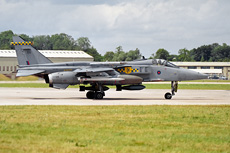
|
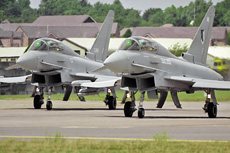
|
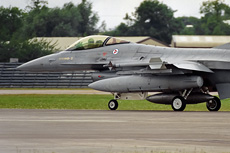
|
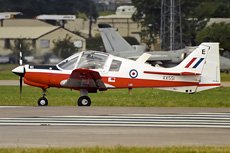
|
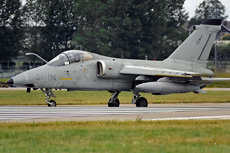
|
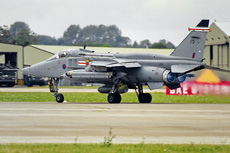
|
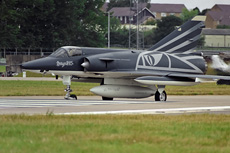
|
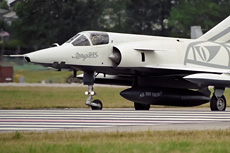
|
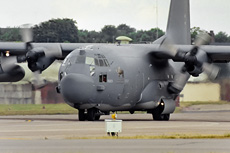
|
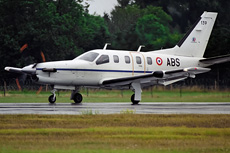
|
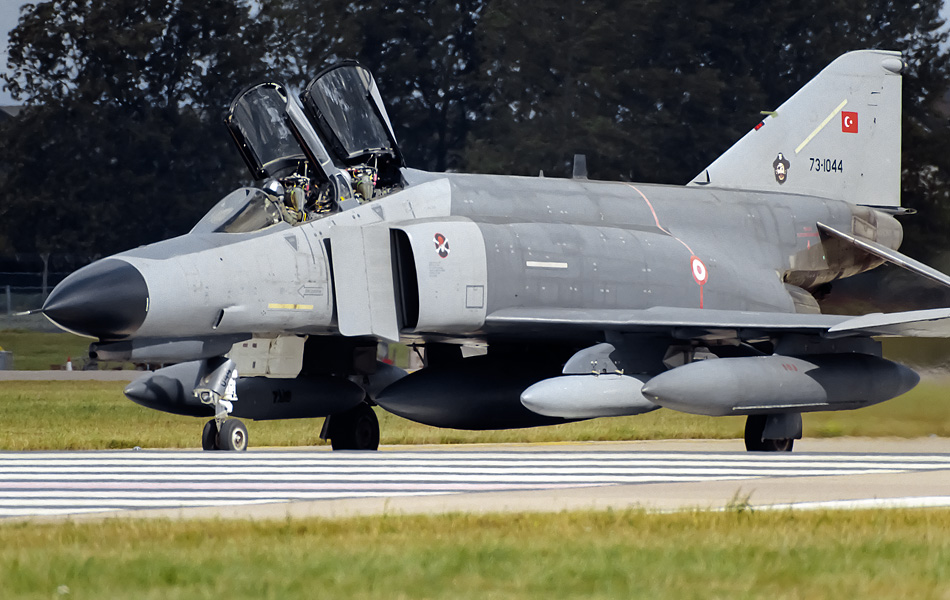
|
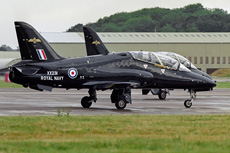
|
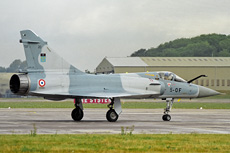
|
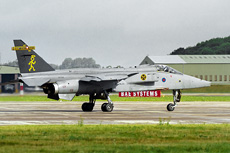
|

|
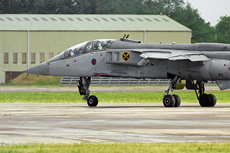
|
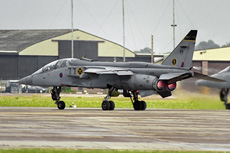
|
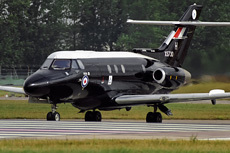
|
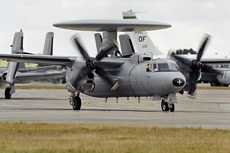
|
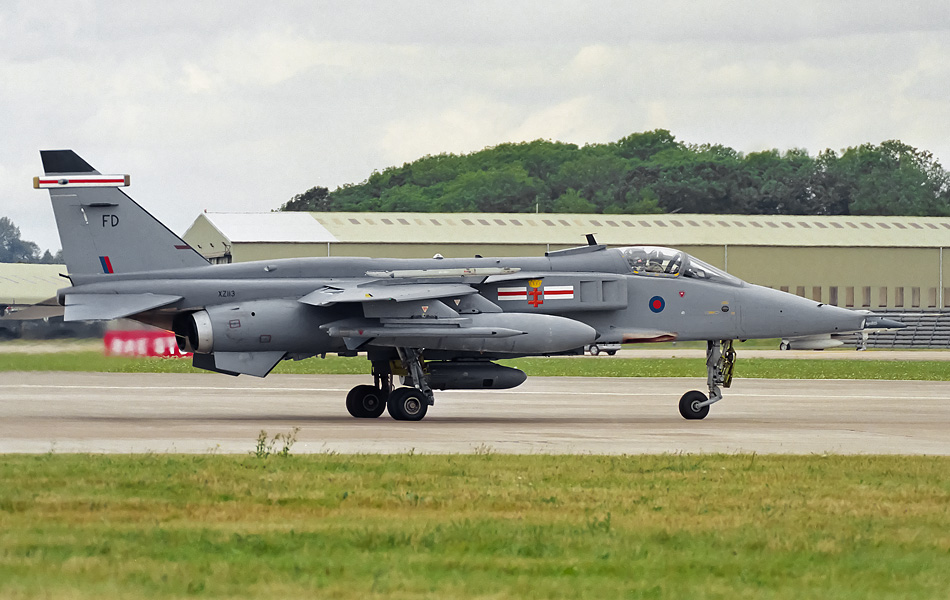
|
|
|

|







